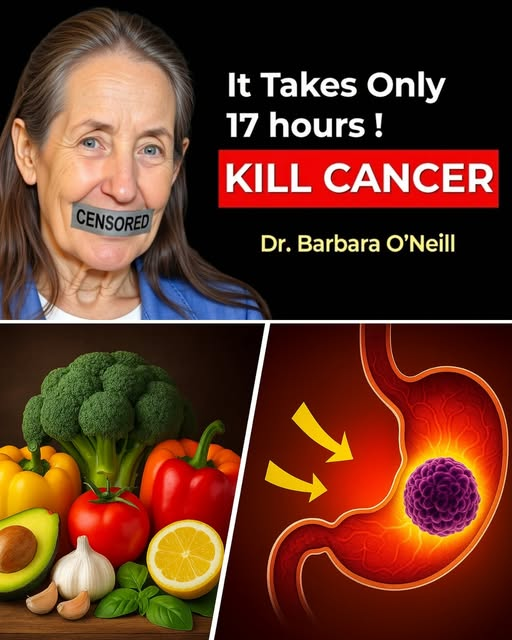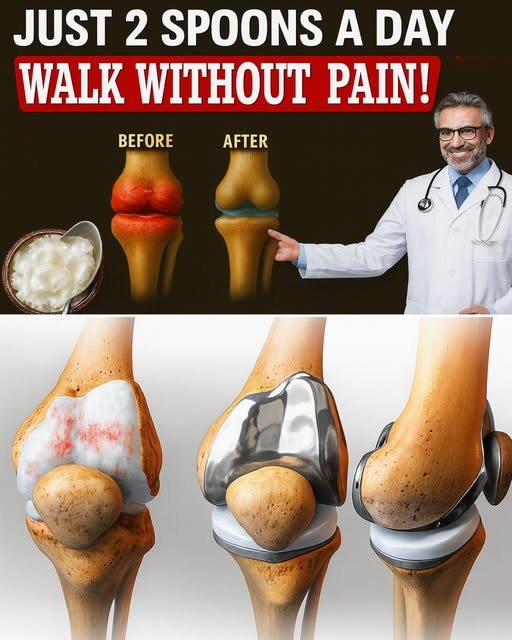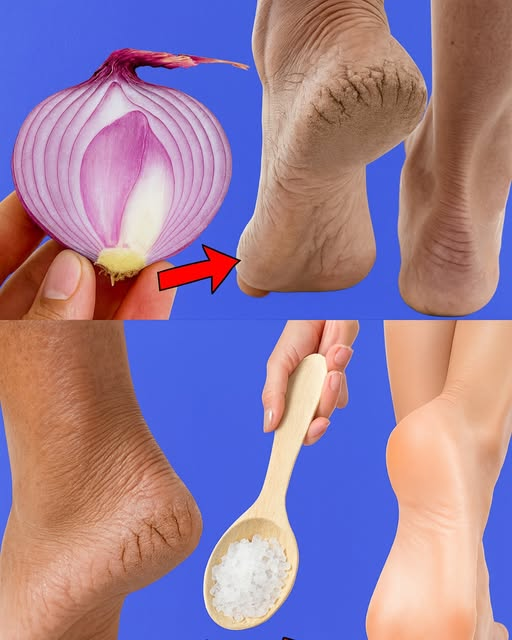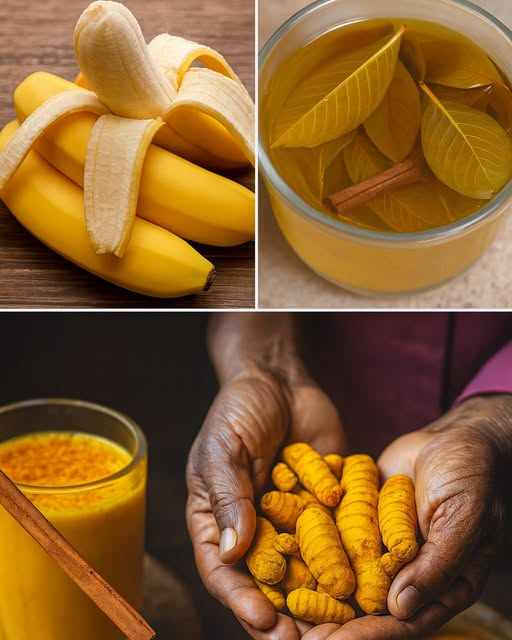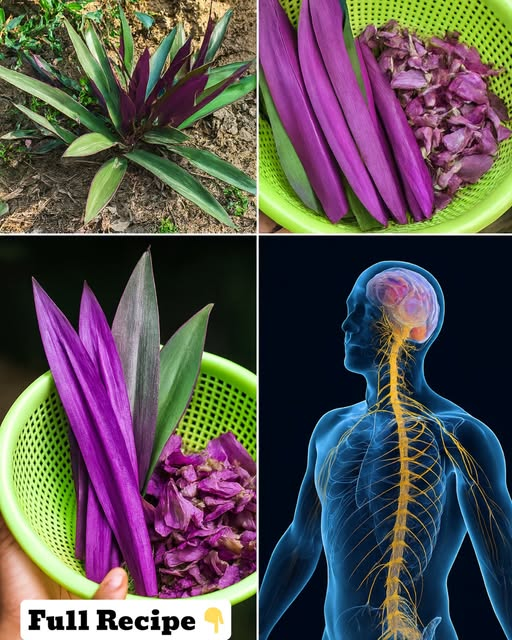Varicose veins can be more than just a cosmetic concern. They often bring discomfort, heaviness, or throbbing pain—especially at the end of a long day. If you’ve been searching for a gentle, natural way to support healthier veins without medications or invasive procedures, this article is for you.

Let’s explore how simple kitchen staples like garlic, red onion, and olive oil may support better circulation and provide relief from the appearance and symptoms of varicose veins.
What Are Varicose Veins?
Varicose veins are enlarged, twisted veins that most often appear in the legs. They occur when tiny valves in the veins weaken or malfunction, allowing blood to pool rather than flow smoothly back to the heart. This leads to bulging veins that are visible under the skin and may be accompanied by:
- Aching or heaviness in the legs
- Swelling in the ankles
- Muscle cramping
- Itchiness or dry skin near the veins
While genetics and age play a role, lifestyle choices such as long periods of sitting or standing, poor diet, and lack of physical activity can increase the risk.
Can Foods Help Improve Circulation?
The short answer is: yes, in many cases. While food alone won’t erase varicose veins, a diet rich in anti-inflammatory and circulation-boosting ingredients may help reduce symptoms and support overall vascular health.
Three natural ingredients in particular—garlic, red onion, and olive oil—have been praised for their potential to promote better blood flow and reduce vein inflammation. Here’s how they work.

Garlic: Nature’s Blood Circulation Ally
Garlic is one of the most well-researched natural remedies for cardiovascular health. Its active compound, allicin, has been linked to improved blood circulation and reduced inflammation—two key factors in managing varicose veins.
Potential benefits of garlic for veins:
- May help thin the blood slightly, improving flow
- Supports healthy blood pressure levels
- Contains antioxidants that protect vein walls
- Anti-inflammatory effects that may reduce swelling and pain
How to use garlic at home:
- Garlic oil rub: Crush 5–6 garlic cloves and mix with 3 tablespoons of olive oil. Let the mixture sit overnight, then gently massage it into the legs each evening before bed.
- Garlic in diet: Add crushed garlic to soups, salad dressings, or stir-fries regularly.

Red Onion: Rich in Quercetin for Vein Strength
Red onions aren’t just flavorful—they’re packed with quercetin, a plant antioxidant that research suggests may support vascular health and reduce inflammation. Quercetin is known for its:
- Anti-inflammatory effects on blood vessels
- Ability to improve capillary strength
- Support for healthy blood pressure and cholesterol levels
How to use red onion at home:
- Onion juice tonic: Peel one red onion, chop, and blend with a little water. Strain and mix the juice with a teaspoon of raw honey. Drink 1–2 tablespoons daily.
- Topical poultice: Crush a piece of red onion and apply directly to visible varicose veins for 15–20 minutes a few times per week.
Olive Oil: A Nourishing Carrier with Added Benefits
Olive oil isn’t just a carrier for garlic—it offers benefits of its own. Rich in monounsaturated fats and vitamin E, olive oil can help nourish the skin and reduce inflammation when applied topically.
Why olive oil works:
- Penetrates the skin and helps deliver active compounds from garlic or onion
- Moisturizes dry, irritated skin over varicose veins
- Contains anti-inflammatory polyphenols
How to apply:
- Warm the garlic-olive oil blend slightly before massaging into affected areas.
- Use circular, upward motions to encourage blood flow back toward the heart.

Lifestyle Tips to Boost the Effects
Home remedies can be more effective when combined with simple daily habits that support better blood flow. Try integrating these steps:
1. Elevate your legs
Spend 15–20 minutes a few times a day with your legs elevated above heart level to help drain pooled blood.
2. Wear compression socks
These help gently squeeze the legs to promote circulation and reduce vein swelling.
3. Stay active
Regular walking, swimming, or gentle yoga keeps your blood moving and reduces pressure on the veins.
4. Avoid long periods of sitting or standing
Take breaks to stretch or walk every 30–60 minutes.
5. Hydrate and eat vein-friendly foods
Drink plenty of water and focus on foods high in fiber, vitamin C, flavonoids (like berries), and omega-3s.
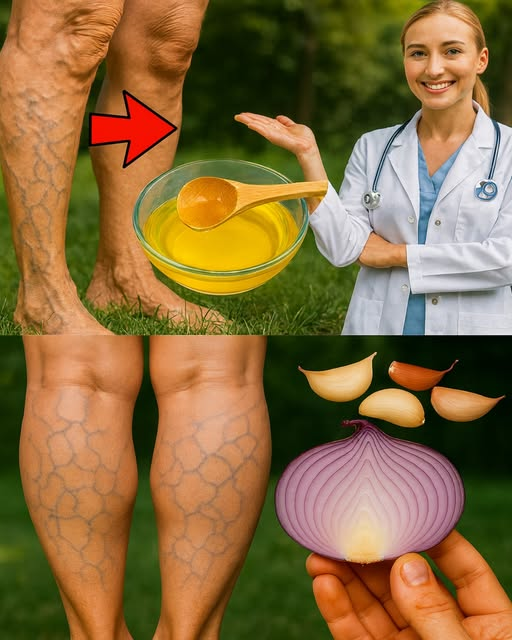
Can These Natural Remedies Replace Medical Treatments?
While garlic, onion, and olive oil can support circulation and reduce discomfort, they are not substitutes for medical treatment. For advanced varicose veins causing pain, ulcers, or skin changes, consult a vascular specialist. Treatments like sclerotherapy, laser therapy, or surgery may be recommended in those cases.
That said, for many people in early stages of varicose veins—or those wanting to maintain healthy legs naturally—these home remedies may offer safe, affordable, and supportive care.

Simple Garlic-Onion Vein Massage Recipe
Ingredients:
- 6 cloves garlic (crushed)
- 1/2 red onion (grated or finely chopped)
- 1/4 cup extra virgin olive oil
Instructions:
- Combine all ingredients in a small jar.
- Let sit for 12–24 hours.
- Strain the oil.
- Apply nightly to clean legs using upward massage strokes.
This natural oil blend can be stored in the refrigerator for up to one week.
Final Thoughts
Supporting your vein health doesn’t always require expensive creams or procedures. Sometimes, the most powerful ingredients are already in your kitchen. Garlic, onion, and olive oil work together to promote better circulation, reduce inflammation, and nourish your skin—helping your legs look and feel better, naturally.
Try adding this remedy to your evening routine and notice how your legs respond over the next few weeks. And don’t forget:
Share this with someone who’s on their feet all day or looking for natural wellness tips—and explore more helpful articles on our site!
Disclaimer: This article is for informational purposes only and does not substitute professional medical advice. Consult your doctor before making health changes or using natural remedies for varicose veins.
